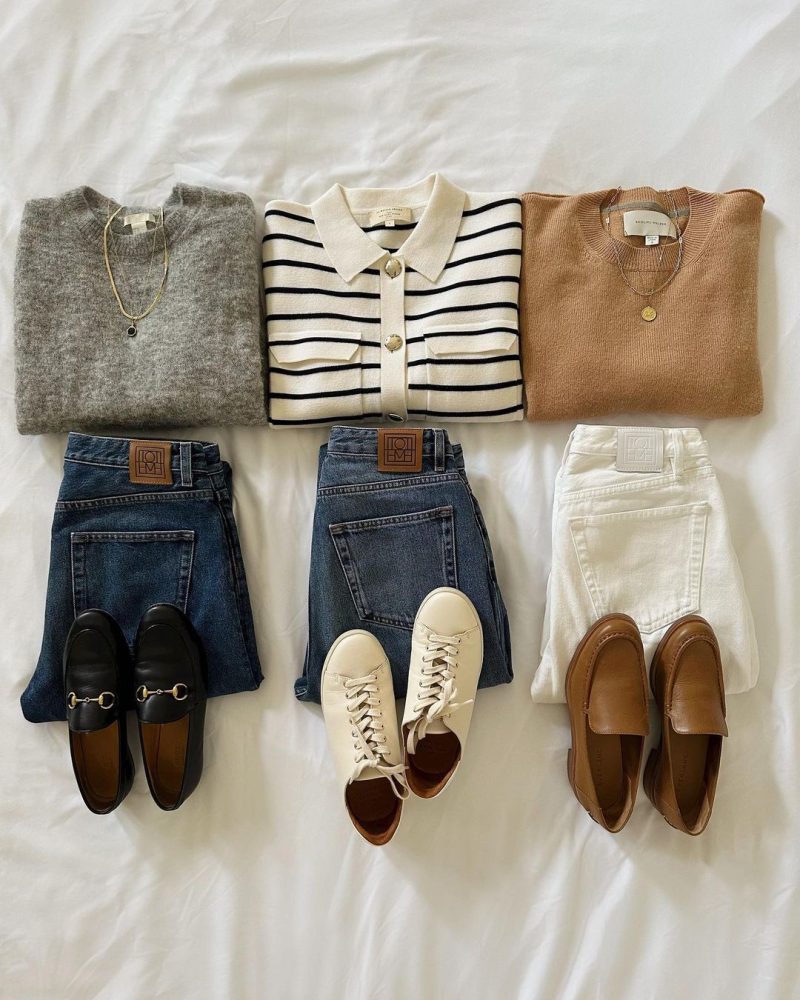
As human beings, we have different complexions and skin undertones that determine which colors look best on us. Understanding your unique color palette can help you enhance your appearance, build confidence, and project a professional image.
Personal color analysis, also known as seasonal color analysis, is a process that helps individuals determine the most flattering colors for their clothing, makeup, and accessories based on their natural coloring. The analysis takes into account factors such as skin tone, hair color, and eye color to identify the ideal color palette for each person.
One of the key benefits of a personal color analysis is that it can simplify your wardrobe choices. By identifying the colors that work best for you, you can eliminate guesswork when it comes to selecting clothing, makeup, and accessories. This can save you time, money, and frustration, as you’ll always know which colors are most flattering for you.
Here’s a general guide to personal color analysis:
1. Identify your skin undertone
Skin undertones can be warm, cool, or neutral. Warm undertones have a yellow, peachy, or golden hue, while cool undertones have a pink, blue, or red hue. Neutral undertones have a mix of both warm and cool tones.

2. Determine your seasonal color type
Personal color analysis typically categorizes individuals into four seasonal types: Spring, Summer, Autumn, and Winter. Each type corresponds to a specific color palette that complements the individual’s natural coloring.
- Spring: Spring types have warm, light, and golden undertones. They look best in soft, warm colors like pastels, peach, golden yellow, and light greens.
- Summer: Summer types have cool, light, and delicate undertones. They are flattered by cool and muted colors like pastels, lavender, dusty rose, and cool blues.
- Autumn: Autumn types have warm, rich, and earthy undertones. They look best in warm and vibrant colors like oranges, reds, olive greens, mustard yellows, and deep browns.
- Winter: Winter types have cool, deep, and intense undertones. They are complemented by bold and clear colors like royal blue, emerald green, bright red, fuchsia, and icy pastels.

3. Experiment with your color palette
Once you’ve determined your seasonal color type, start incorporating those colors into your wardrobe. Consider outfit, accessories, and makeup in your ideal color range. Remember that personal color analysis is a guide, and you can always experiment and mix colors to find what works best for you.
4. Pay attention to contrast
Along with your color palette, it’s important to consider the contrast between your natural coloring and the colors you wear. Higher contrast, such as pairing light and dark shades, can create a bold statement, while lower contrast, such as monochromatic outfits, can provide a more subtle and harmonious look.
5. Trust your instincts
Personal color analysis provides a framework, but ultimately, you should wear colors that make you feel confident and comfortable. If you love a color that’s not in your recommended palette, you can still incorporate it in small doses or combine it with colors that suit you best.
Sign Up to Our Newsletter
Get notified about exclusive offers every week!


























































